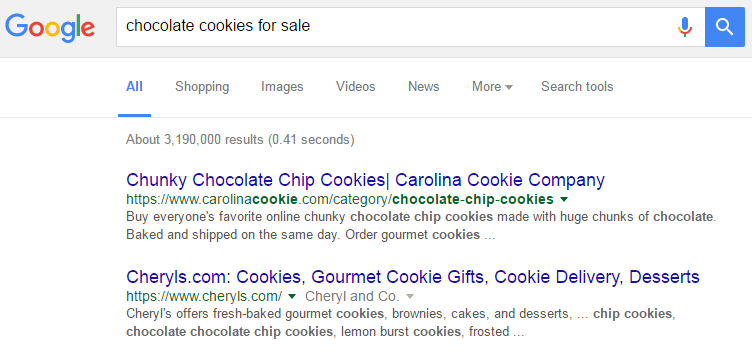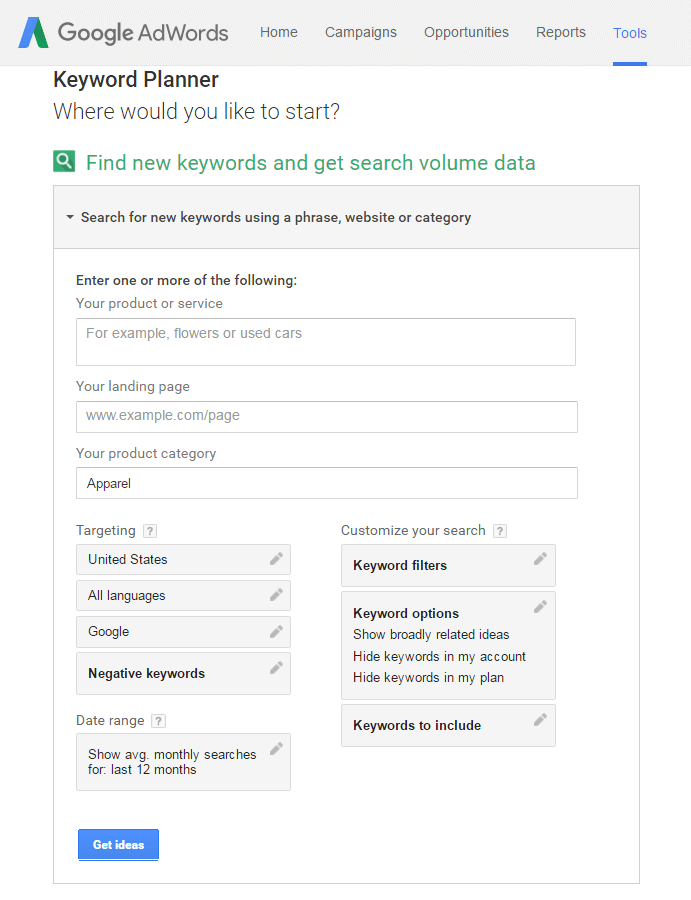Users drive today’s search. With user intent as the focus of queries, semantics provide a central role in how search engines work. In this sense, Latent Semantic Indexing (LSI) connects user intent with queries and deciphers these searches to rank relevant websites.
LSI provides digital marketers with a narrow view of the search funnel. As Google uses LSI to comb through large sets of data and pull up results that closely match what searchers are looking for, it is easier to choose keywords for a specialized niche.
LSI is tied with Google Hummingbird. Some SEO professionals and online marketers asked, “With the Hummingbird algorithm, is it still relevant to do keyword research?” Definitely.
While the Hummingbird update changed the way Google processed queries, you shouldn’t downplay your keyword research. The smart way to go about it is to dig deeper into your search terms and determine if these apply to the user intent of your SEO client’s audience.
Conducting LSI Keyword Research

1. User Persona
Starting your keyword research with just a list of search terms and their corresponding search volume is not strategic enough if you are aiming for targeted LSI content. Digital marketers should remember that keywords are just a guide on what people look for online to fulfill a need. This is why user persona is important when doing keyword research.
To identify user persona, start with their user needs and goals. This will give you an idea of what users are trying or want to accomplish in the context of their queries. The most basic personas that you can map out are potential buyers and researchers.
Let’s apply these two personas in the context of a client whose main product is chocolate cookies.
- Potential buyers: Possibly looking for a particular brand of chocolate cookies, discounted products, and sales
- Researchers: Possibly looking for chocolate cookie ingredients, recipes, and different brands that might be selling the product
From these two personas, you can make a list of keywords and group them according to the user intent.
2. LSI Keyword Matches
Conducting keyword research for LSI terms is just like the traditional way of doing keyword research. You still need to determine how difficult it will be to rank for the keyword, how much organic opportunity is available, and how relevant the keyword is to your client’s business.
For example, a client selling chocolate cookies is trying to rank for the keyword “chocolate cookies for sale”. During your initial keyword research, you found the related terms “gourmet cookies for sale”, “cocoa cookies”, and “baked chocolate goodies”. These terms serve as your initial LSI matches. While they are similar to the primary keyword, they provide context to the search term that you are trying to rank.
3. Topic Matches
To build your keyword list, you need to consider how your chosen search term matches with your content target. Your target keywords must be in synch with the content on the website.
The best way to match your keywords with your topics is by cross-referencing user persona and figuring out which level they are in the search funnel. This will help you identify the kind of content that you need to move users to the next level.
So, if your client has an existing page on baking chocolate chip cookies, you might want to include the terms “chocolate cookies ingredients” or “recipes for baking chocolate cookies”. These terms match the intent of the page, as well as the users.
Keyword Research Tools
How do you find LSI keywords? Here are some of the tools that you can use:
Google Search Results and Related Searches
Doing a quick search on Google is the most convenient way of discovering the LSI terms of your primary keyword. Just type your primary keyword and you will find keywords in bold face that appear as similar results. Google can also present additional results as related to your search. You can find these related searches at the bottom of the SERPs.
Google Keyword Planner
Google Keyword Planner provides you with an estimated amount of traffic for keywords, as well as relevant and related search terms for your target niche. While this tool is more ideal for AdWords, it can help you search for the right keywords to use in your content.
LSI Graph: LSI Keyword Generator
Source: LSI Graph
LSI Graph is a free tool that generates keywords related or similar in meaning to your primary search terms. It offers a quicker way of finding and listing down your LSI keywords than doing a Google search. All you need to do is type your primary keyword and you will get over 50 LSI keywords.
The important thing when doing your keyword research for LSI terms is to keep things organized. Find keywords that will appear natural to your client’s website. Don’t just stuff the page with terms; you might still get penalized if the site doesn’t provide value to users. Leverage relevance in your SEO strategy to integrate the right keywords that will bring results.
Develop a solid SEO strategy with the right keywords. Call our toll-free number 1-800-250-6106 to talk with our Project Managers and find out how we can jumpstart your campaigns.






Awesome! Google search engine is definitely one good tool to use. It’s totally free! LSI Graph looks promising too. Does the free version have limitation?